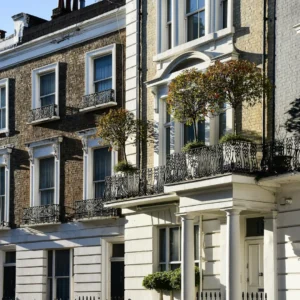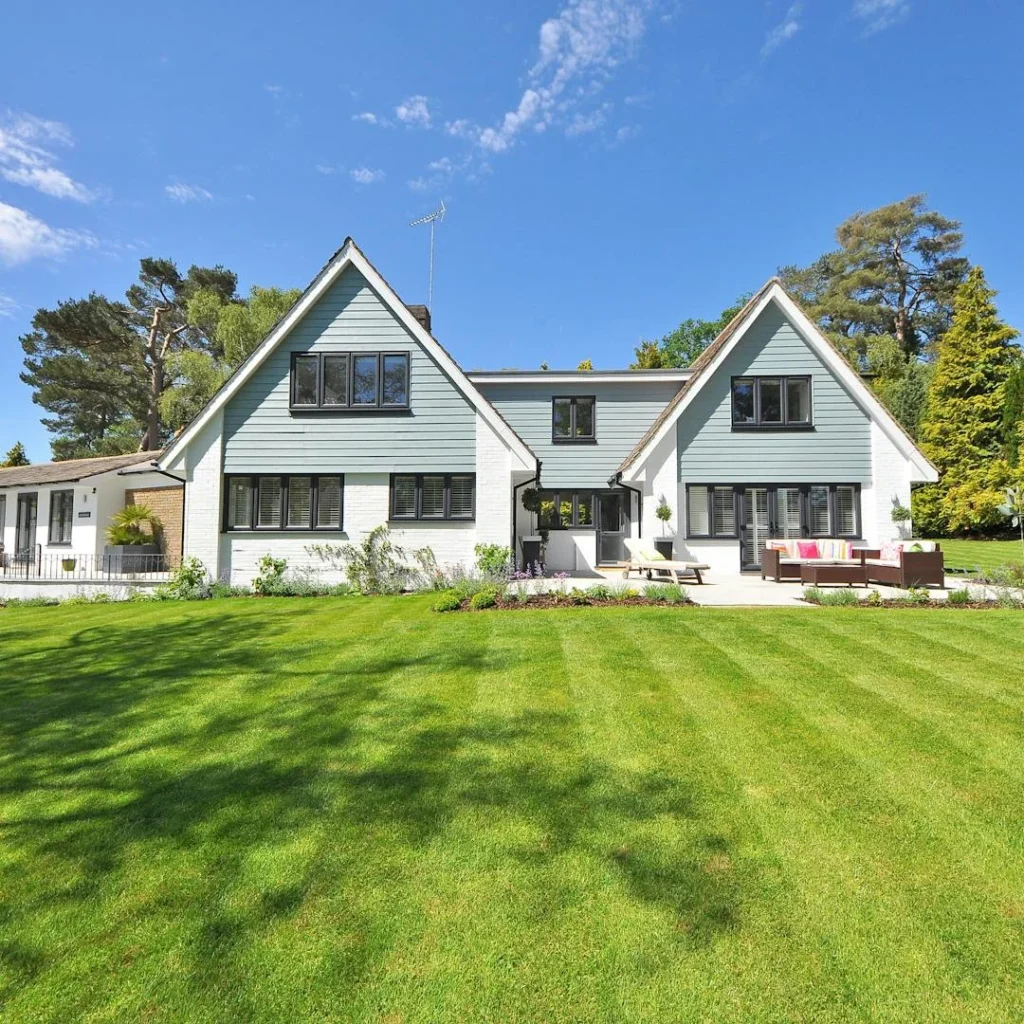Property Investment Hotspots in 2025
Property investment hotspots continue to attract attention as the UK housing market proves resilient and full of opportunity. Despite global economic shifts, Britain continues to attract investors thanks to strong rental demand, a variety of regional opportunities, and the prospect of stable returns. With house prices holding steady in many areas and rental yields climbing, those considering property as part of their investment strategy are spoilt for choice.
Whether the goal is to create an additional income stream, build a long-term retirement plan, or expand an existing portfolio, the right location can make all the difference.
Property Investment Hotspots: Key Factors to Consider
 Choosing where to invest involves more than spotting the next property hotspot. Budget, renovation costs, and overall investment goals should all be carefully evaluated. Investors must also consider their lifestyle, the amount of time available to manage properties, and tenant preferences – whether student lets, young professionals, or families.
Choosing where to invest involves more than spotting the next property hotspot. Budget, renovation costs, and overall investment goals should all be carefully evaluated. Investors must also consider their lifestyle, the amount of time available to manage properties, and tenant preferences – whether student lets, young professionals, or families.
The UK may be small in size, but its property market is remarkably diverse. From thriving northern cities with ambitious regeneration plans to London’s enduring international appeal, each location presents a unique balance of risk and reward.
Manchester: A Regeneration Success Story
Manchester has rapidly become a favourite among landlords, offering some of the strongest rental growth in the country. A combination of major redevelopment schemes, job creation, and cultural vibrancy has cemented its position as a long-term property hotspot.
Rental values in Manchester have surged by nearly 46% in the past five years, driven by a rising student population and young professionals relocating from London in search of affordability. With average monthly rents sitting at £1,317 and property prices averaging £249,000 (ONS), yields remain attractive compared with southern counterparts.
Property Investment Hotspots: Birmingham and HS2 Growth
Birmingham’s reputation as the UK’s “second city” has grown significantly in recent years. The upcoming HS2 rail link promises faster connections to London, sparking major regeneration projects around Curzon Street and Solihull.
The city’s economy has been further boosted by a surge in technology, digital, and life sciences businesses choosing Birmingham for its lower costs and expanding talent pool. As a result, both tenant demand and house prices are on the rise.
- Average property price: £230,000
- Average rent: £1,068pcm
London: High Costs but Enduring Demand
London has long been synonymous with property wealth. Investors who entered the market in the 1990s and early 2000s often secured outstanding capital growth. However, today the market requires a more strategic approach.
While average property prices in the capital stand at £562,000 and rents average £2,253pcm, yields can be slimmer compared with regional cities. Yet demand remains robust, particularly in areas undergoing regeneration or infrastructure improvements. For investors willing to play the long game, London continues to offer unrivalled international appeal and strong tenant demand.
Leeds: A Young and Thriving Market
Leeds is another northern city drawing investor interest, particularly thanks to its universities and knowledge-driven industries. With financial services, technology, and life sciences contributing to a dynamic economy, the city has recorded both rental and house price growth in recent years.
Large regeneration schemes such as the South Bank project are further enhancing its appeal. The city’s relatively young population – median age 37 compared with the UK average of 40 – creates consistent demand from students and young professionals.
- Average property price: £240,000
- Average rent: £1,098pcm
Liverpool: Affordability Meets High Yields
Liverpool stands out for its affordability and potential for strong returns. The city benefits from a large student base and an increasing number of young professionals attracted by job opportunities, cultural life, and new housing developments.
The Liverpool Waters and Wirral Waters regeneration projects have transformed historic docklands into modern residential and commercial hubs, while enterprise zone status continues to attract business investment.
With average property prices at £182,000 and rents at £864pcm, Liverpool often delivers some of the best rental yields in the UK.
Property Investment Hotspots: Rental Yields Explained
 While capital growth is important, rental yields remain a key measure for property investors. According to recent research by Zoopla, yields have generally risen over the past year as rents increased faster than house prices.
While capital growth is important, rental yields remain a key measure for property investors. According to recent research by Zoopla, yields have generally risen over the past year as rents increased faster than house prices.
Cities with the Highest Yields
- Sunderland
- Aberdeen
- Burnley
Each recorded gross rental yields above 8%, compared with a national average of 5.8%.
Regional Winners
- North East: 7.9%
- Scotland: 7.6%
- North West: 6.8%
- Wales: 6.5%
- Yorkshire and the Humber: 6.5%
- London: 5.1% (lowest average)
This highlights how opportunities for high returns are often found outside the South, particularly in northern England and Scotland.
Final Thoughts
The UK property market remains one of the most attractive in Europe, but success hinges on choosing the right location. Cities such as Manchester, Birmingham, Leeds, and Liverpool offer compelling yields and strong growth potential, while London continues to draw international attention despite its higher entry costs.
Ultimately, investors who balance long-term strategy with careful regional research are best placed to achieve consistent returns. With the right approach, property investment can provide not only strong financial rewards but also long-term security.




